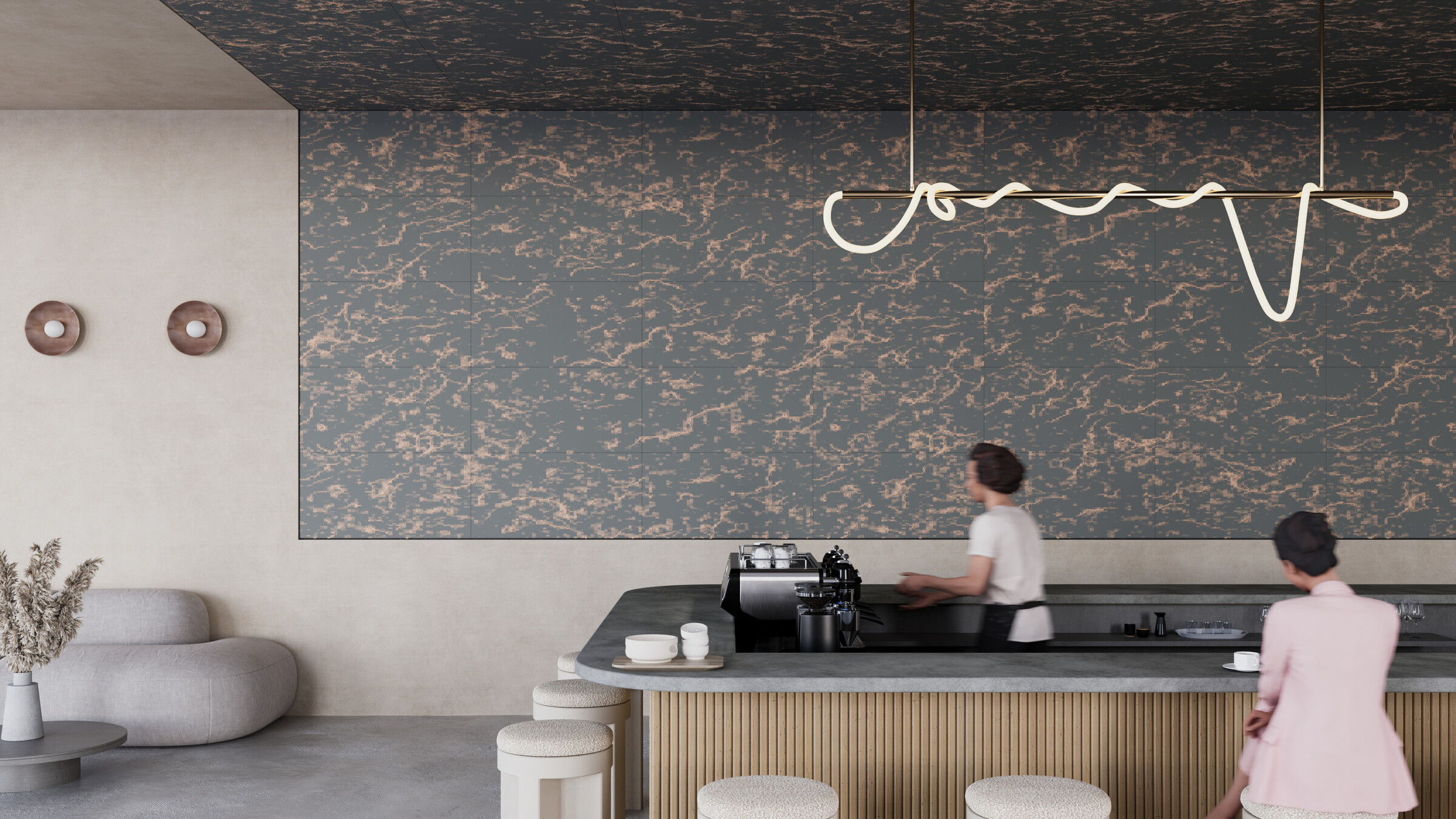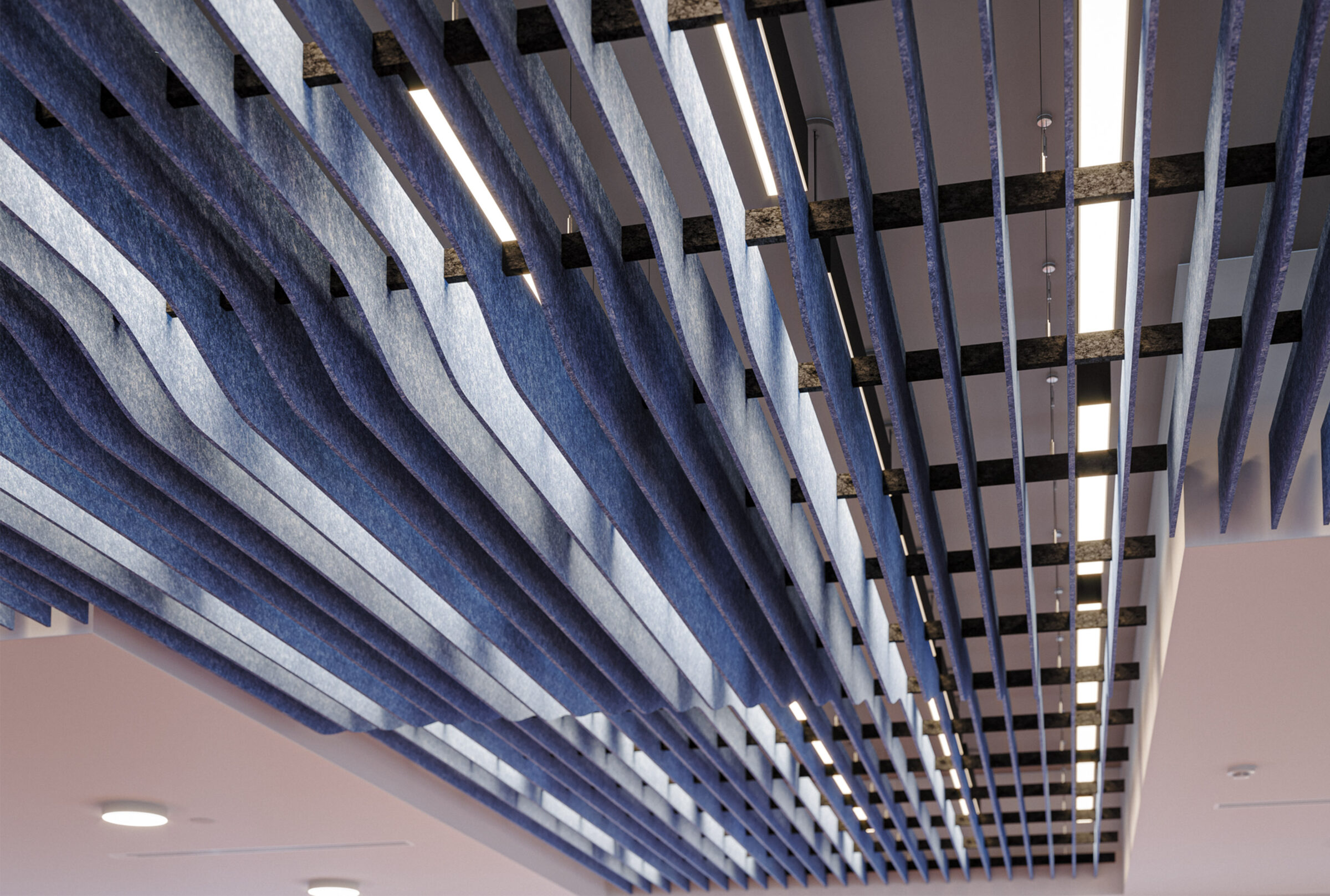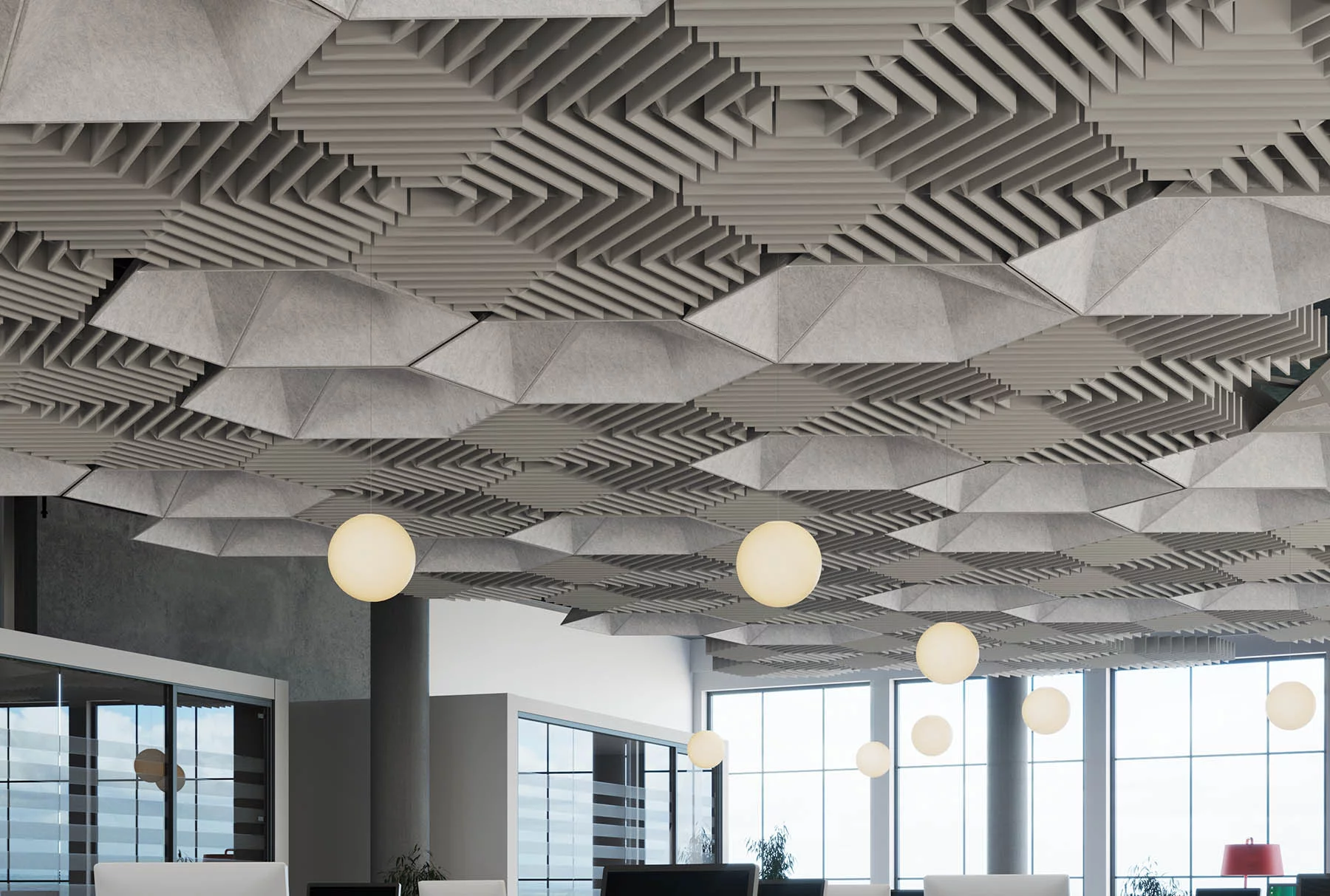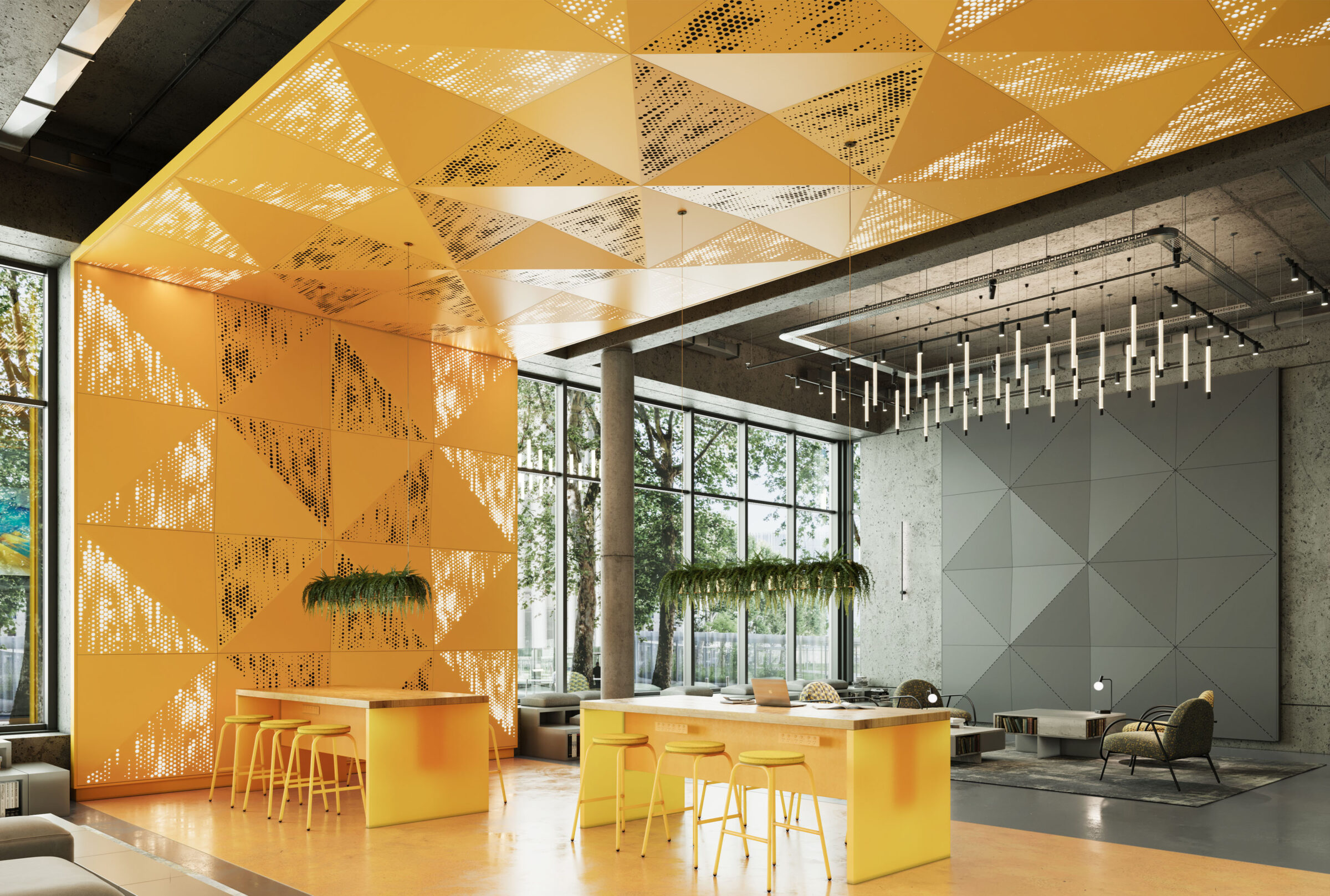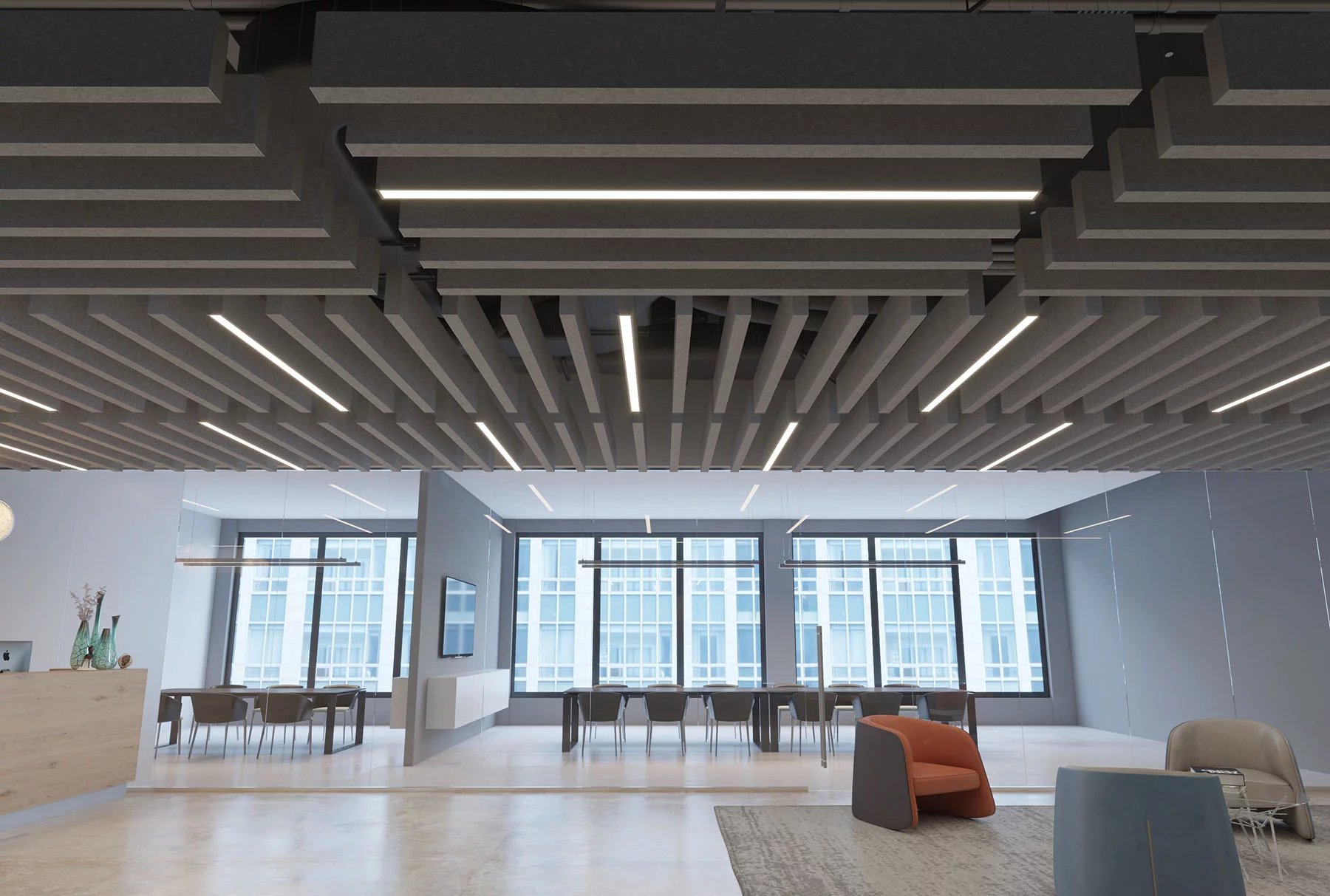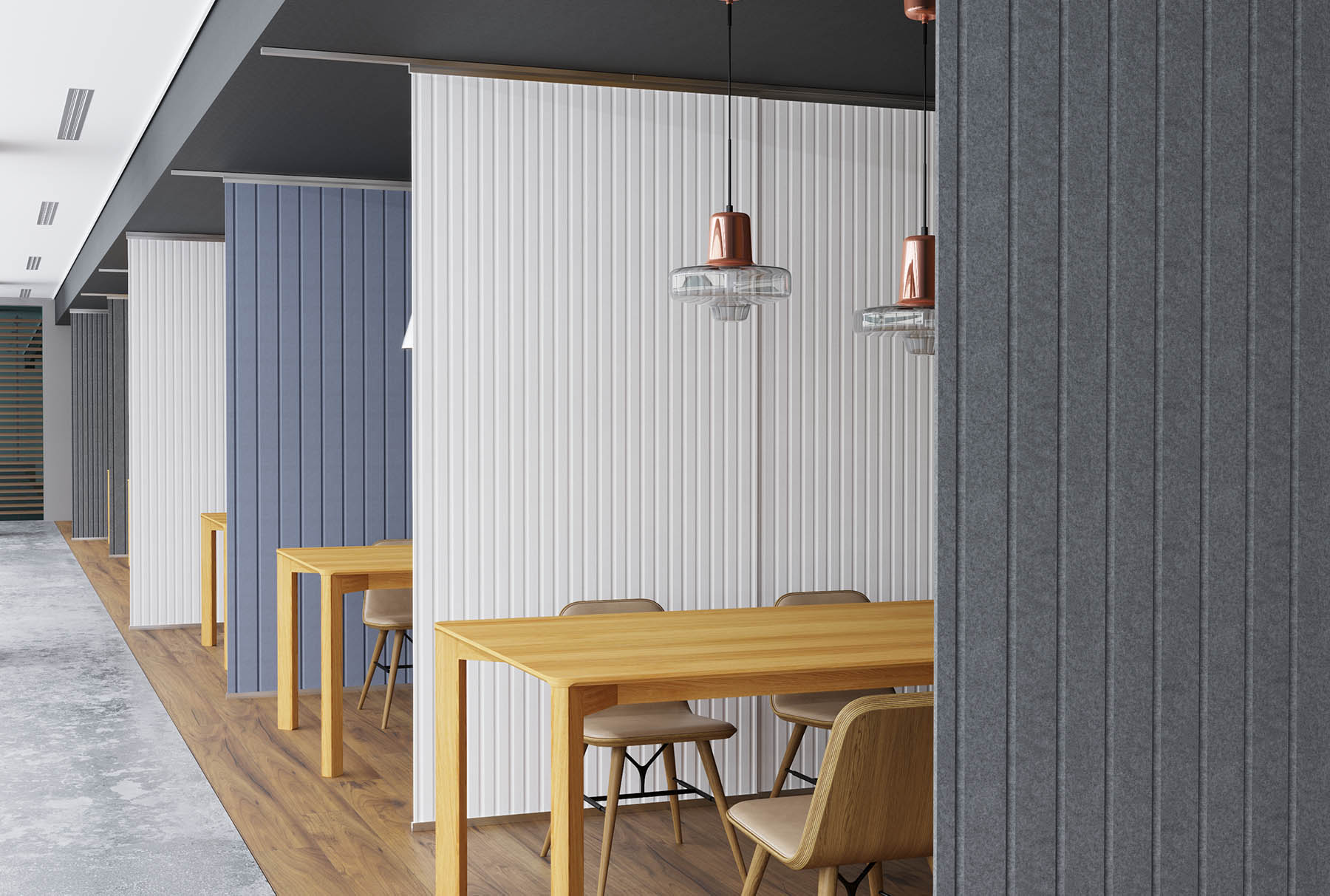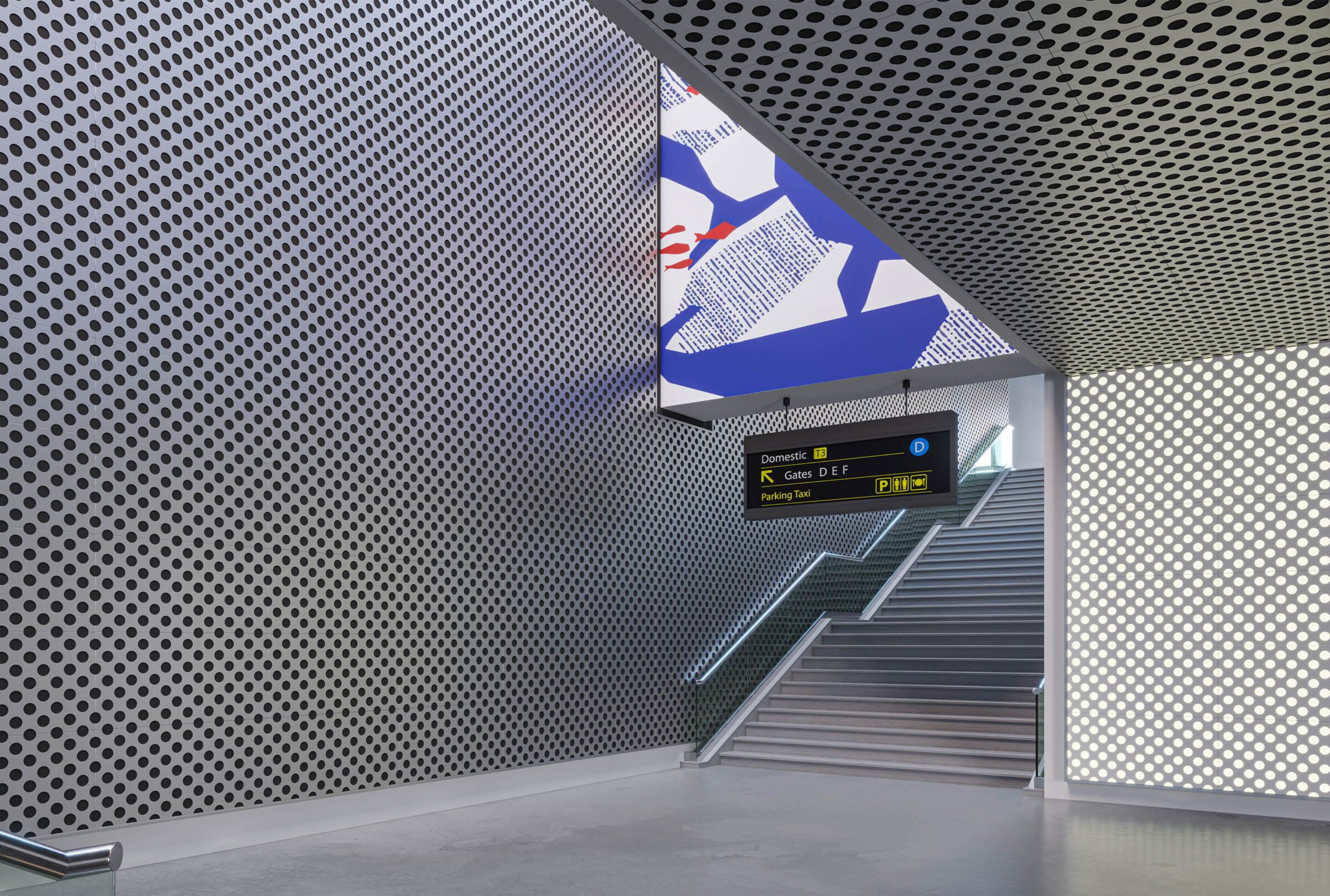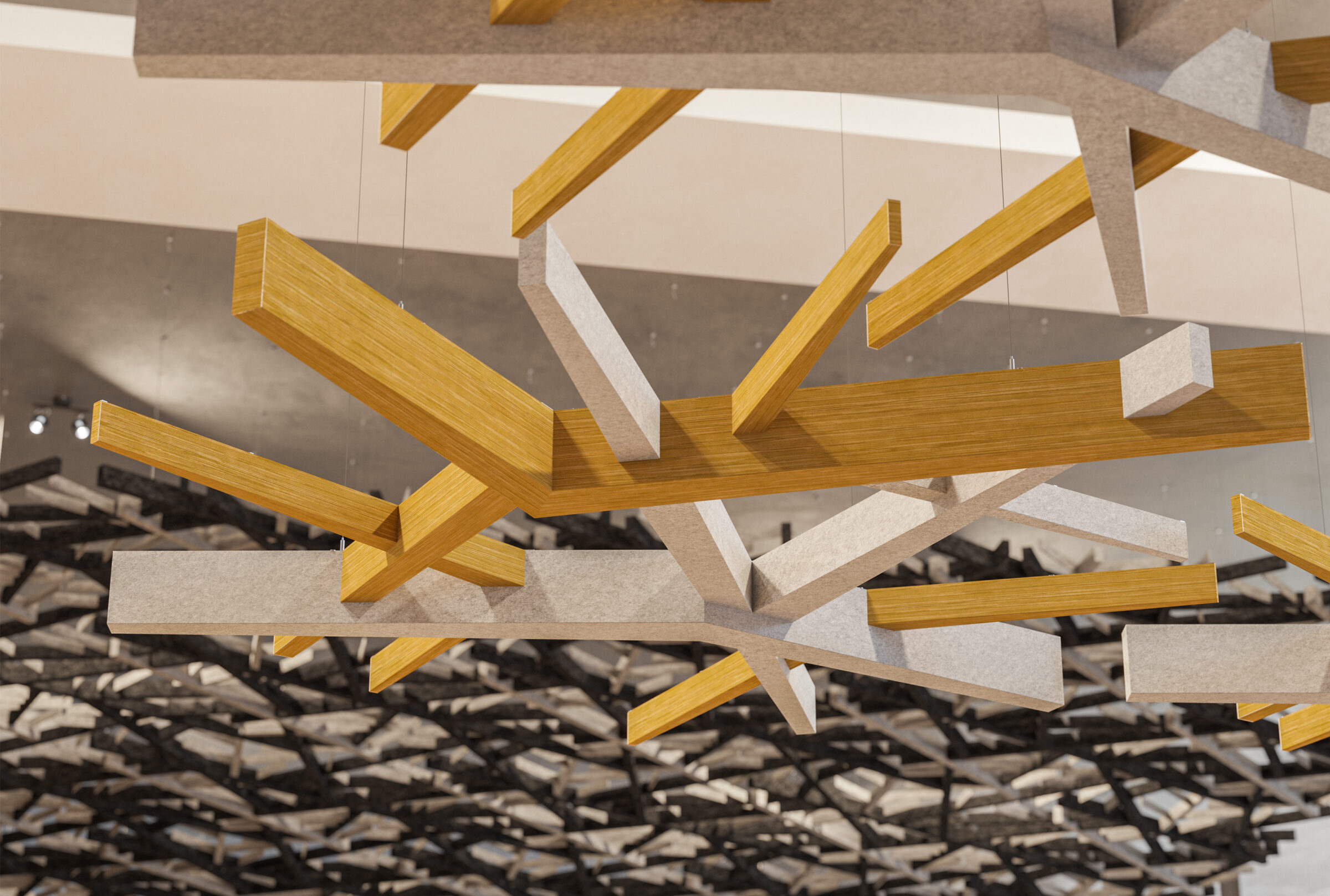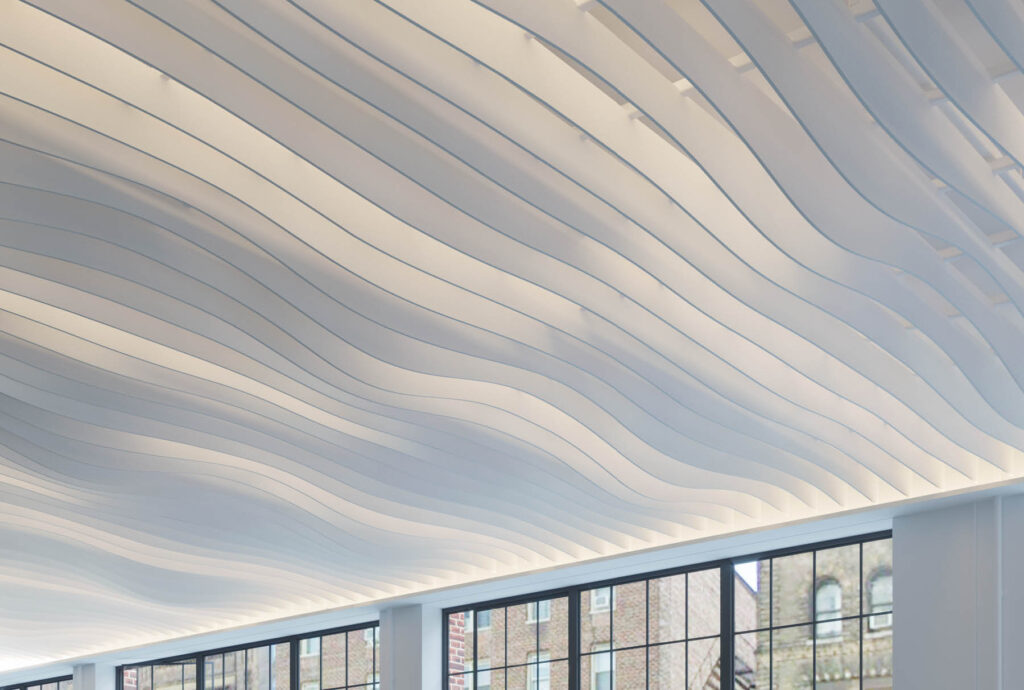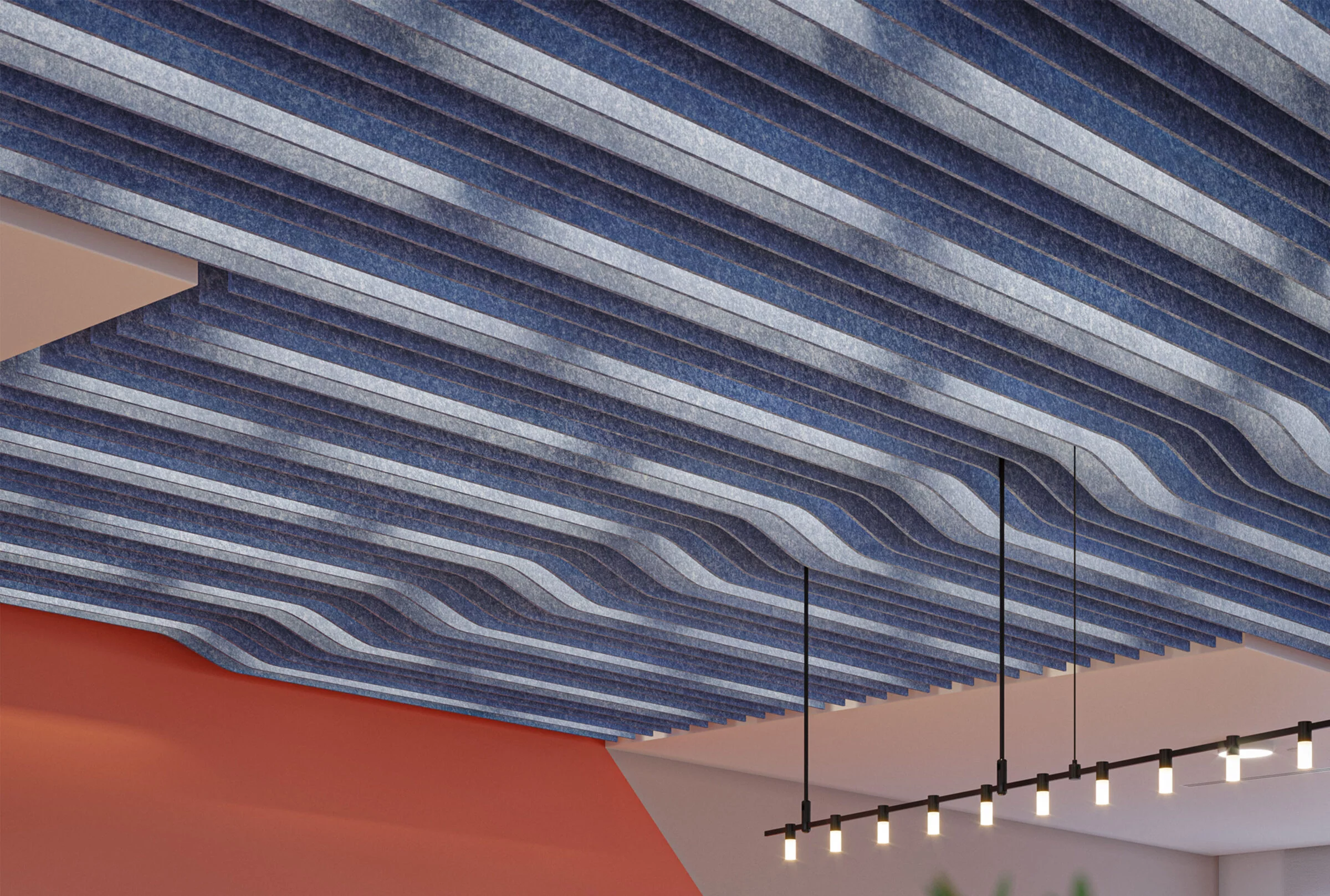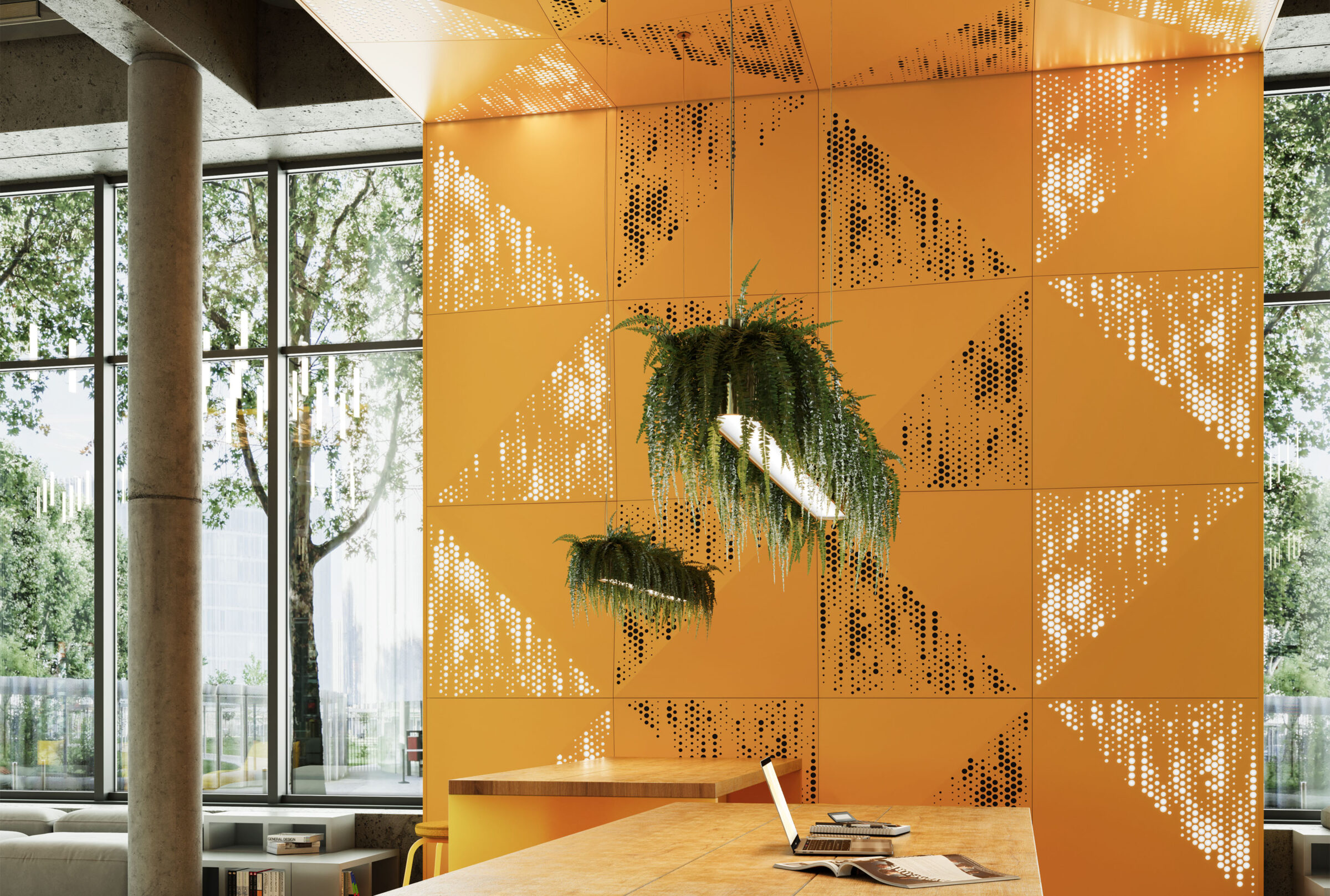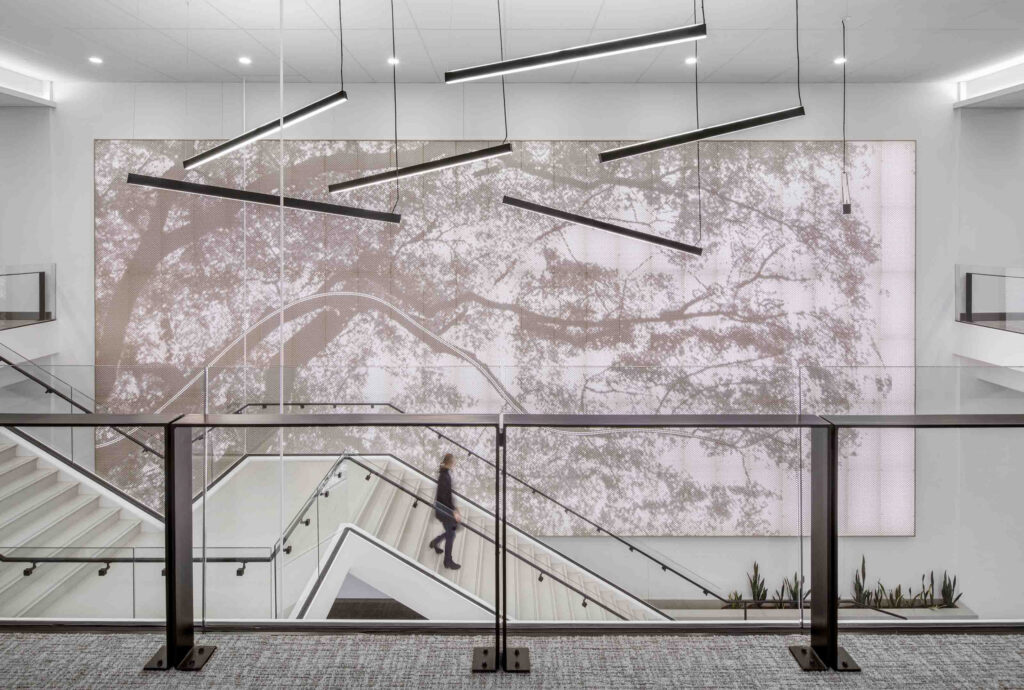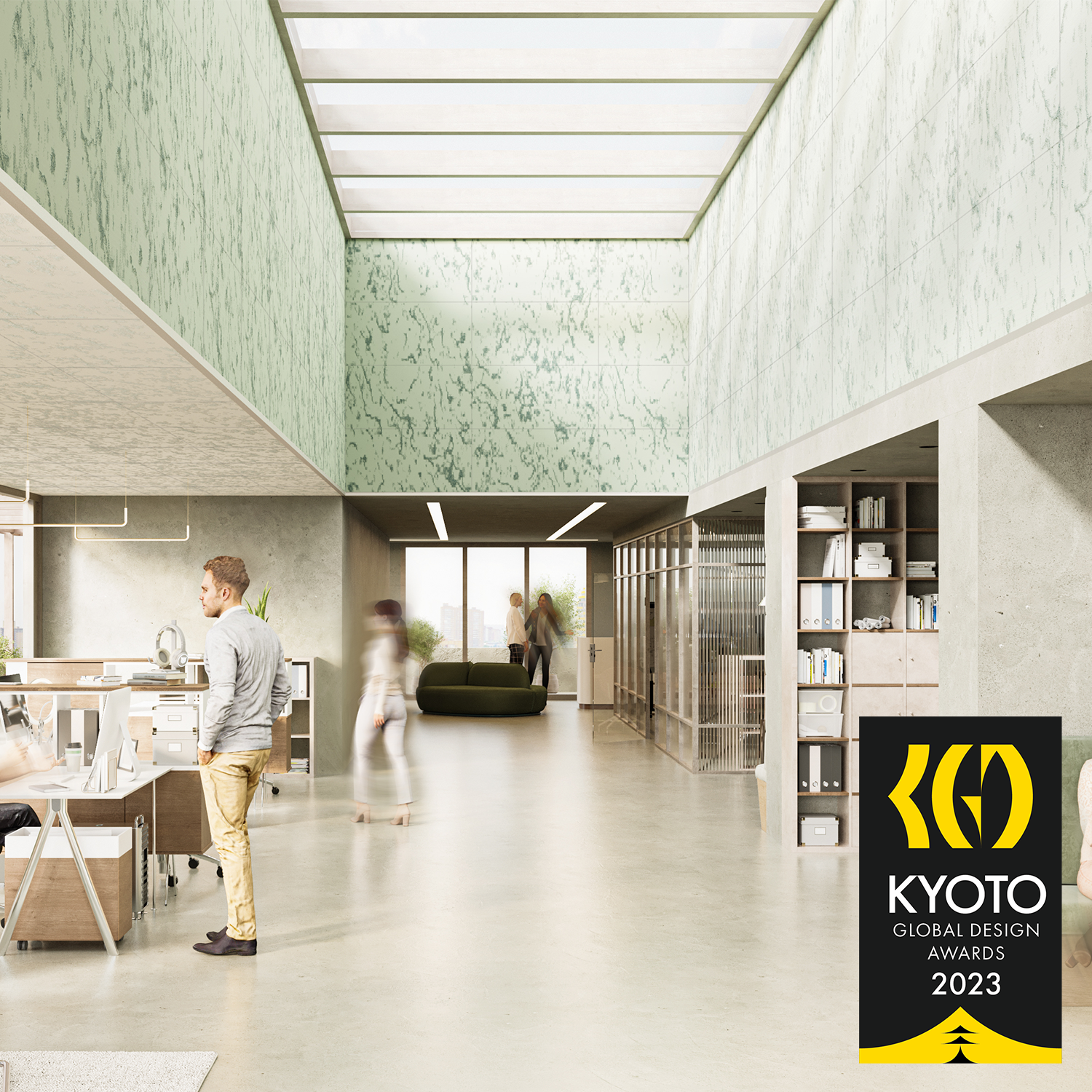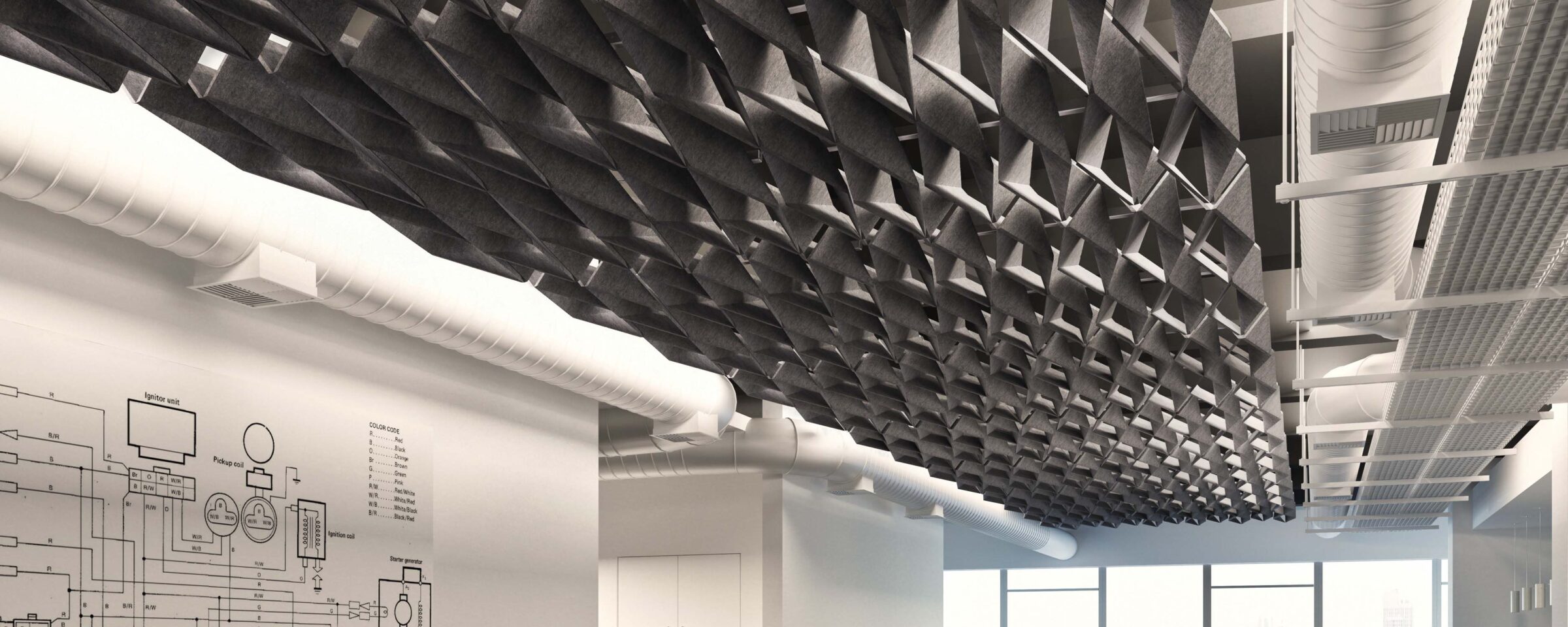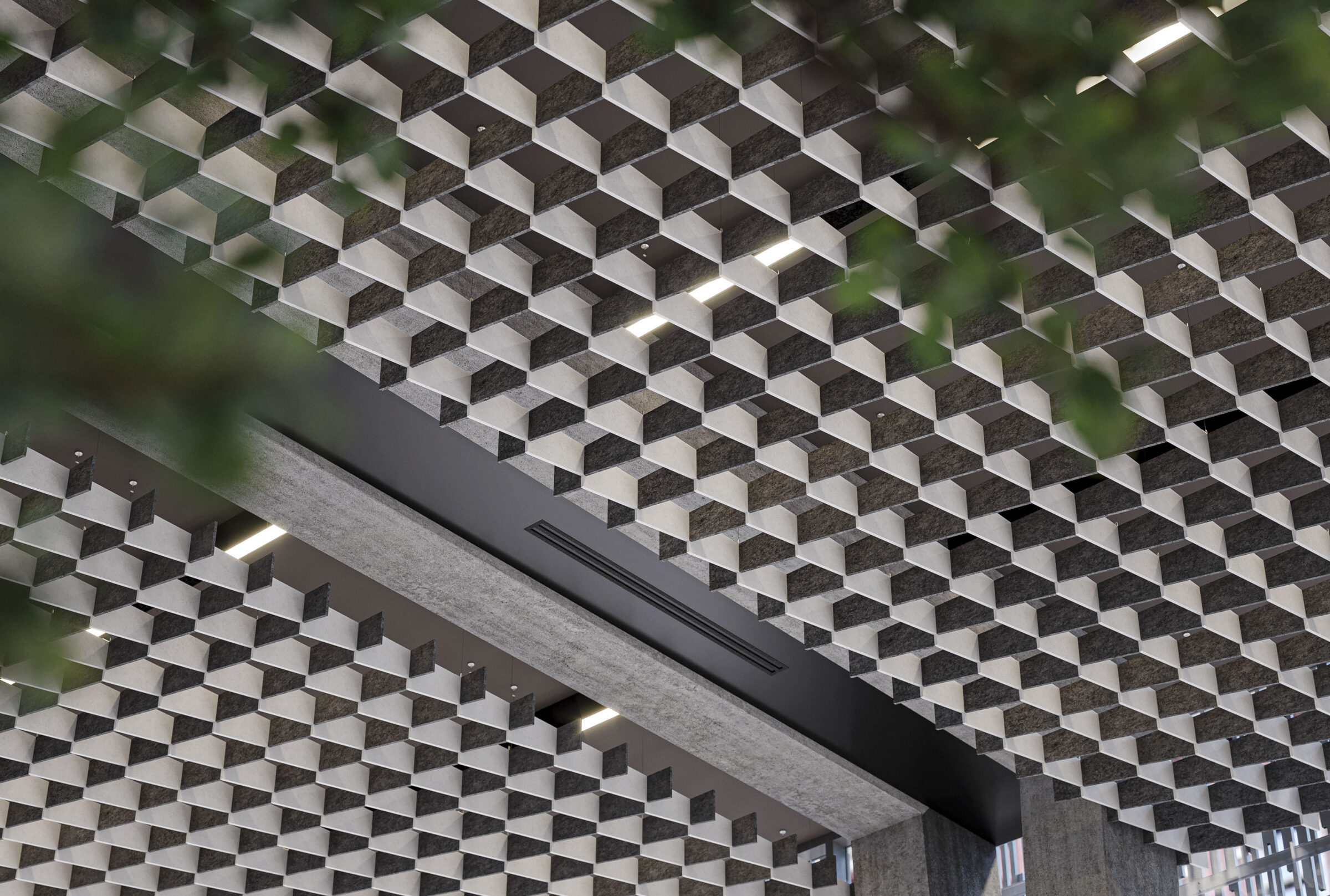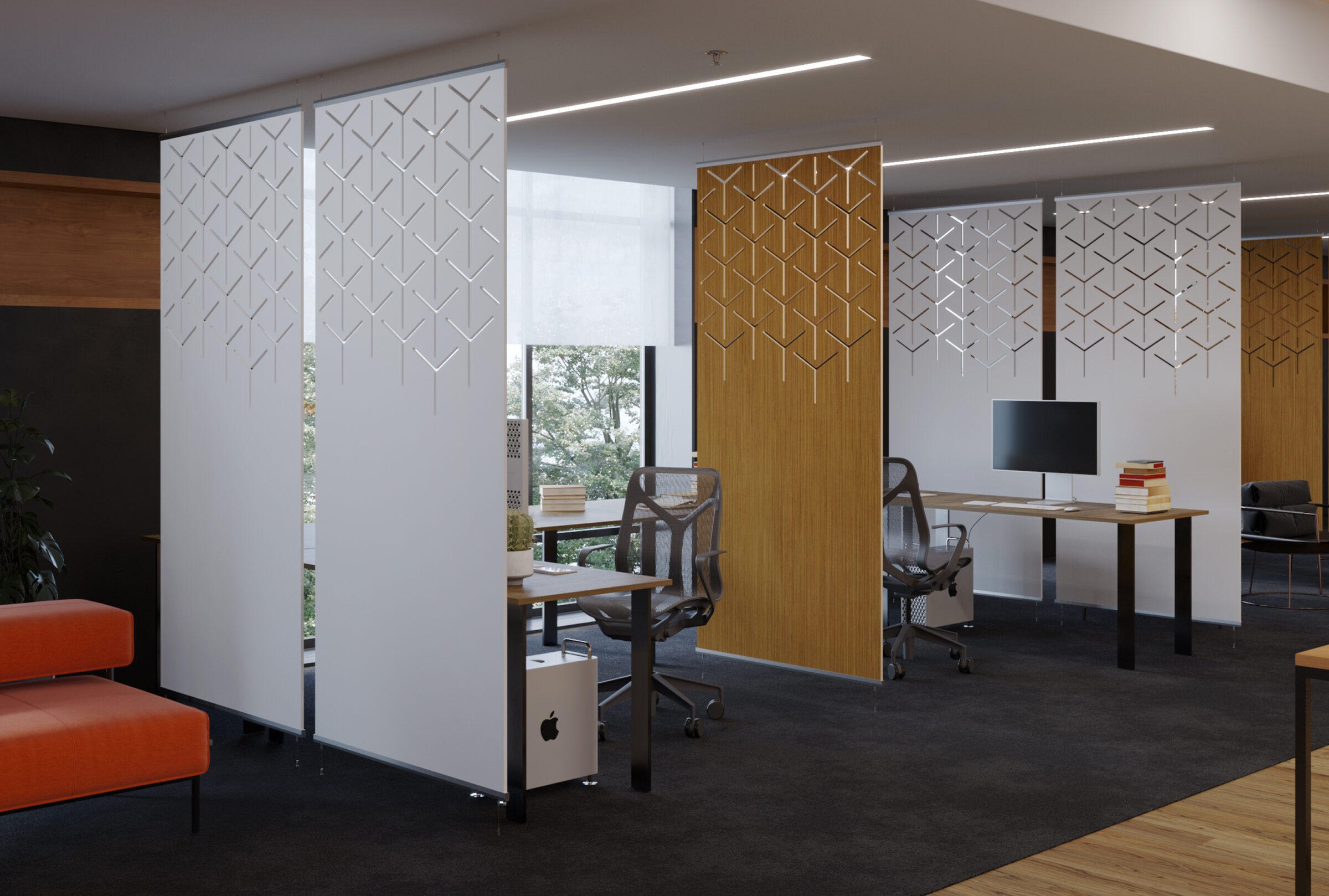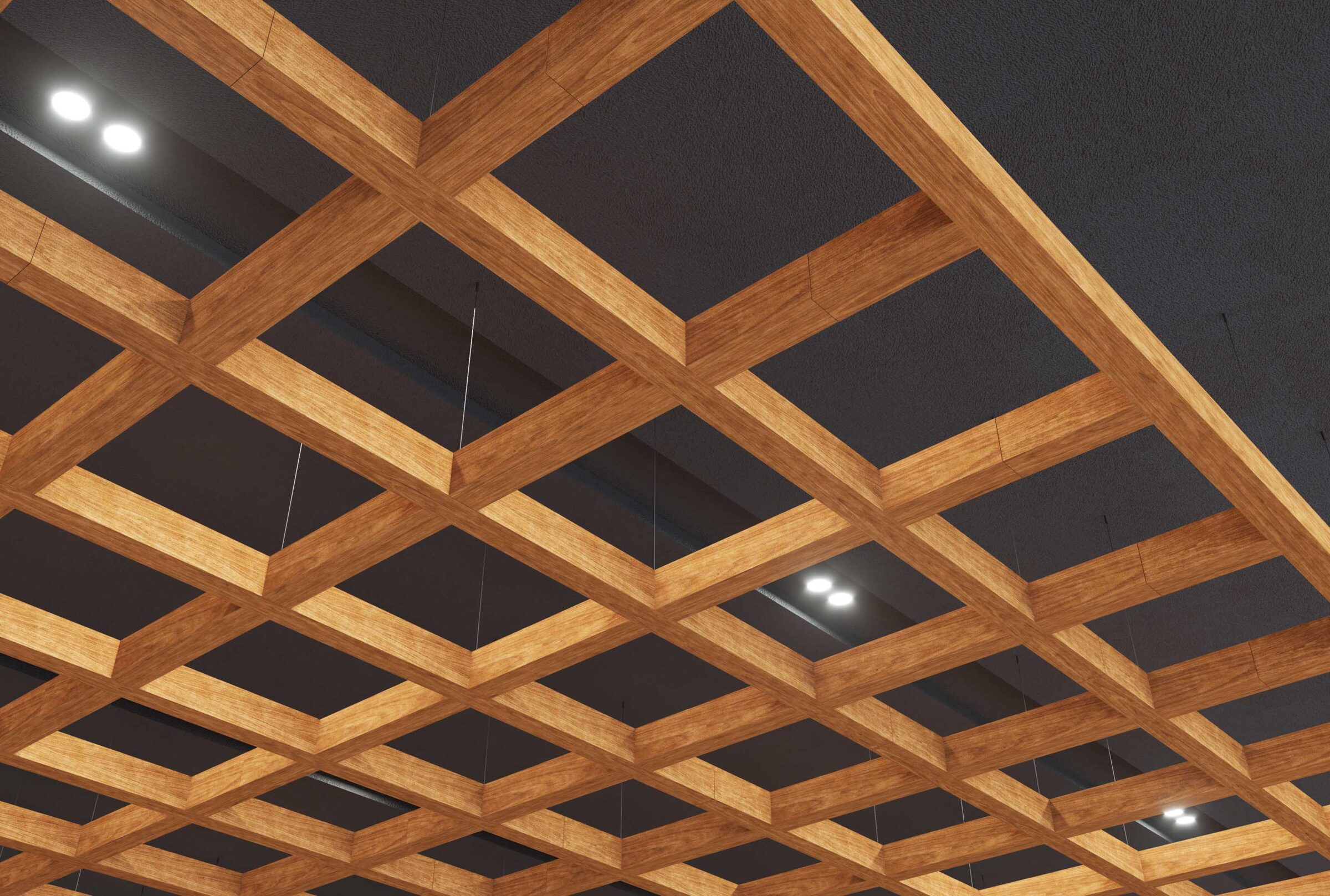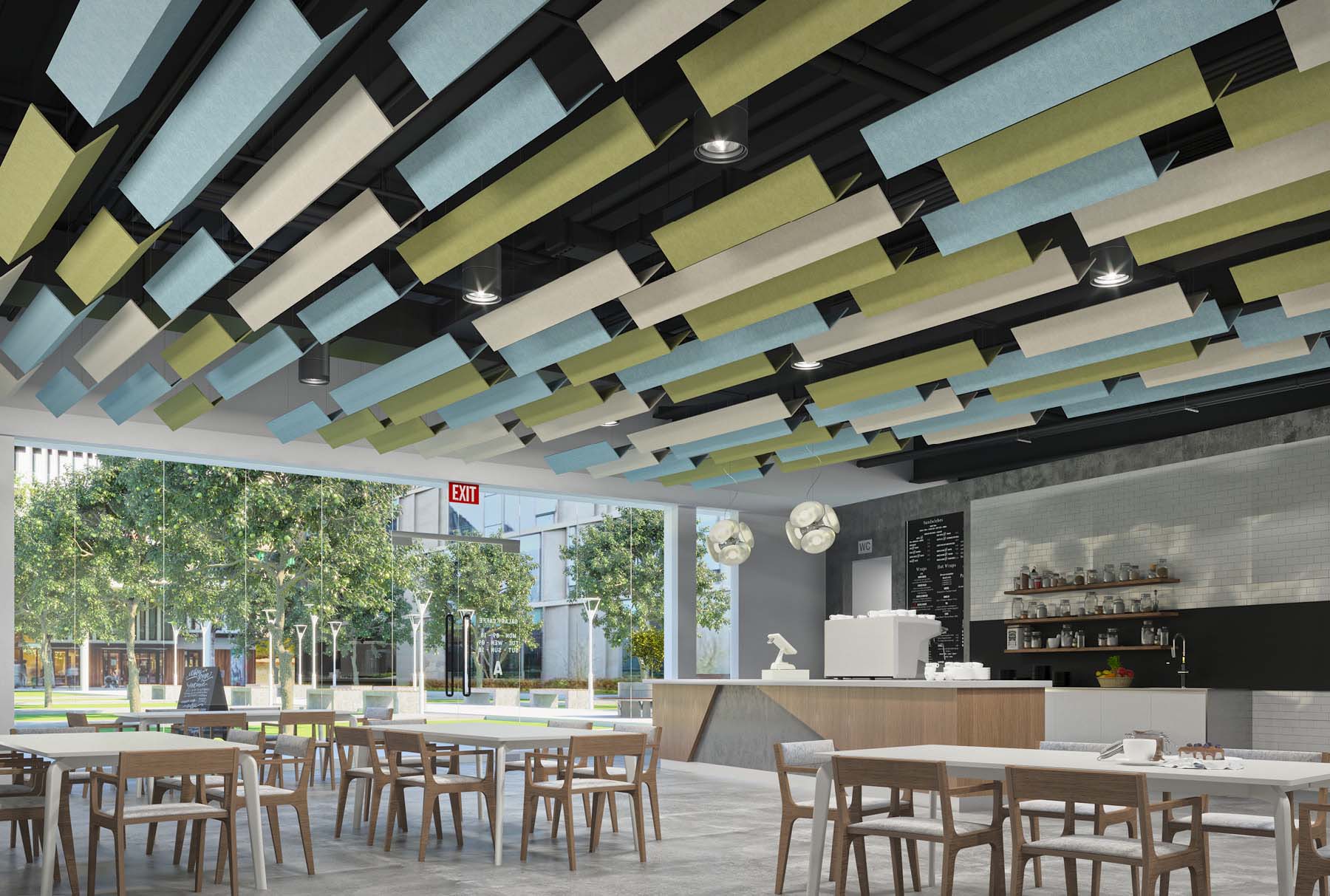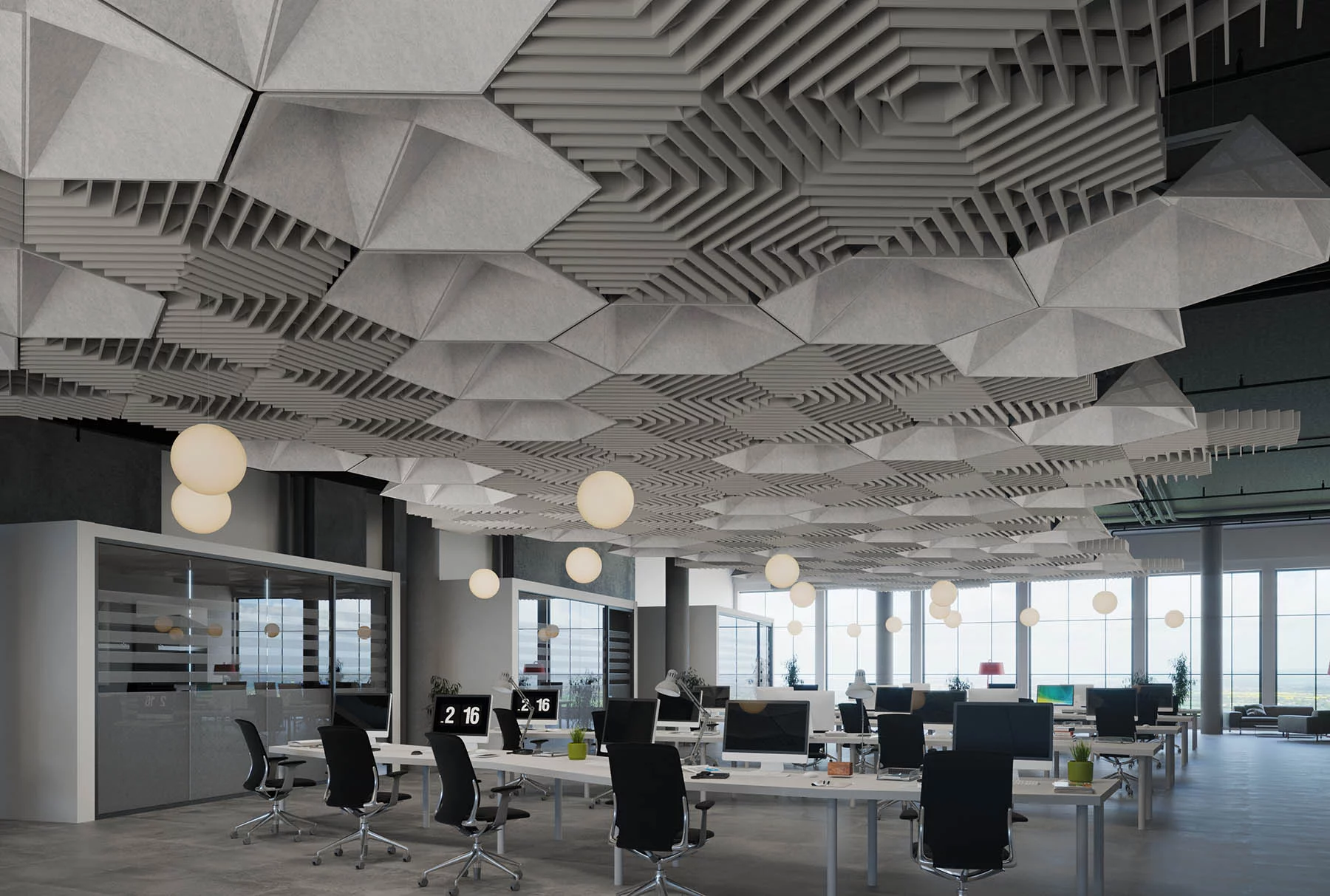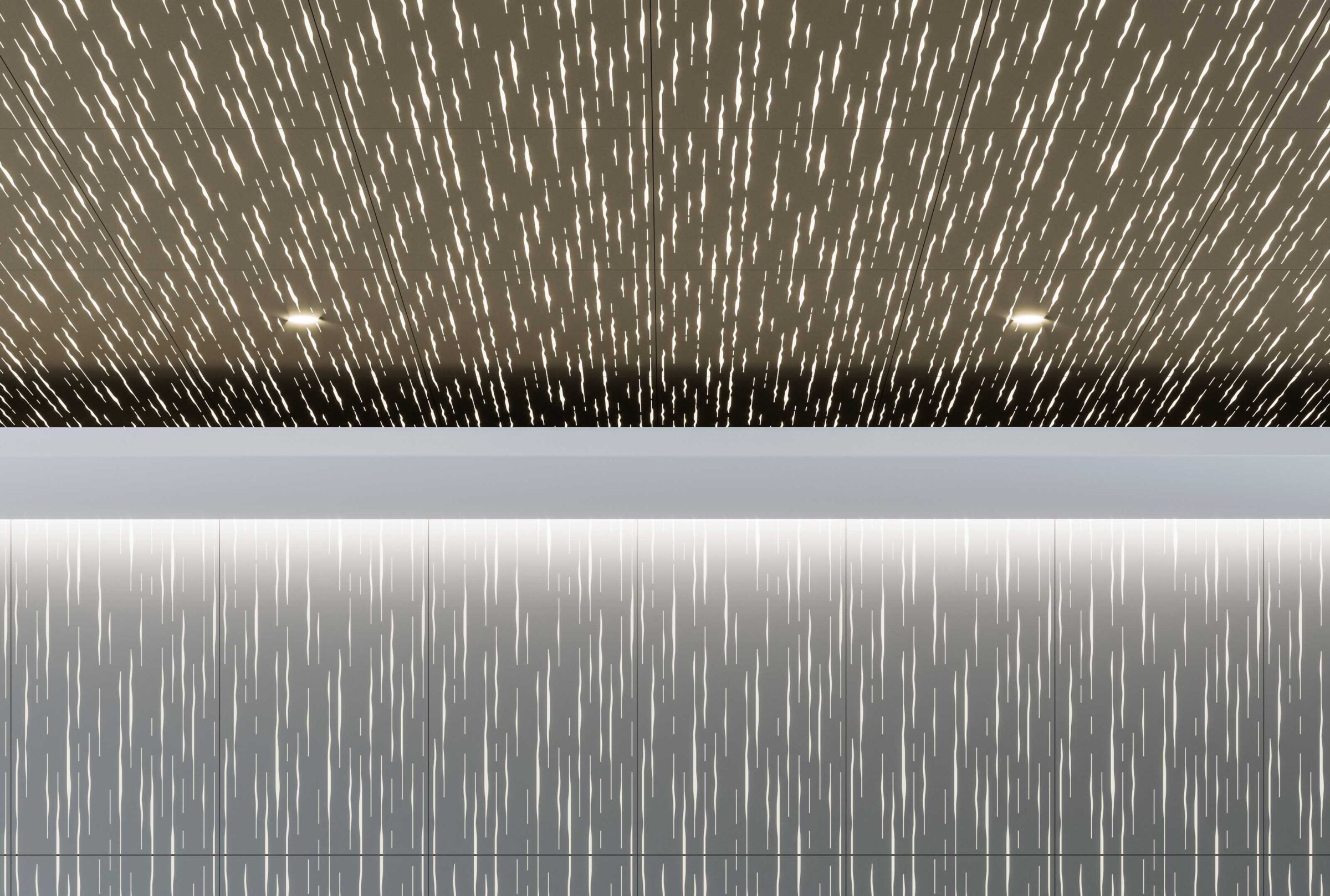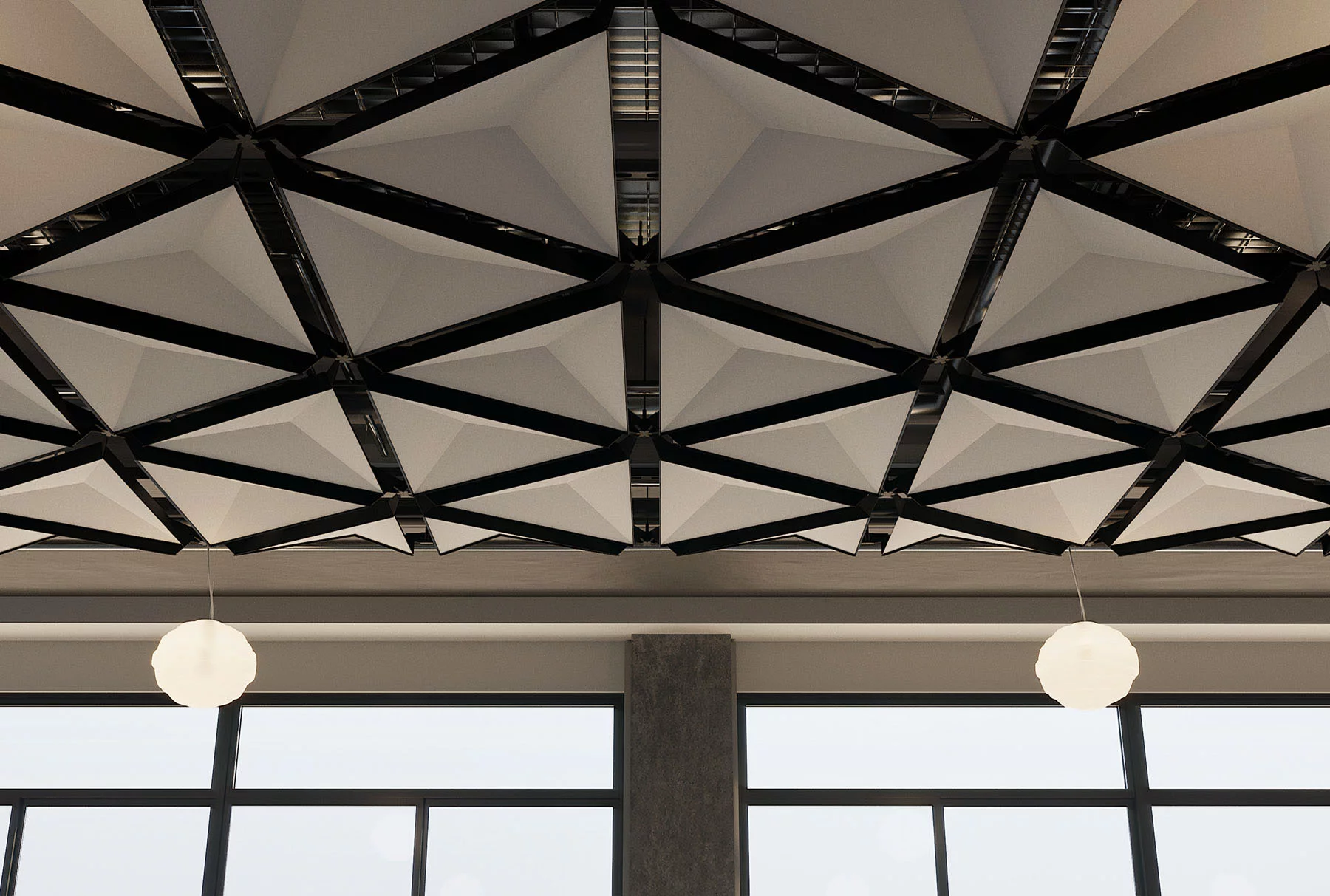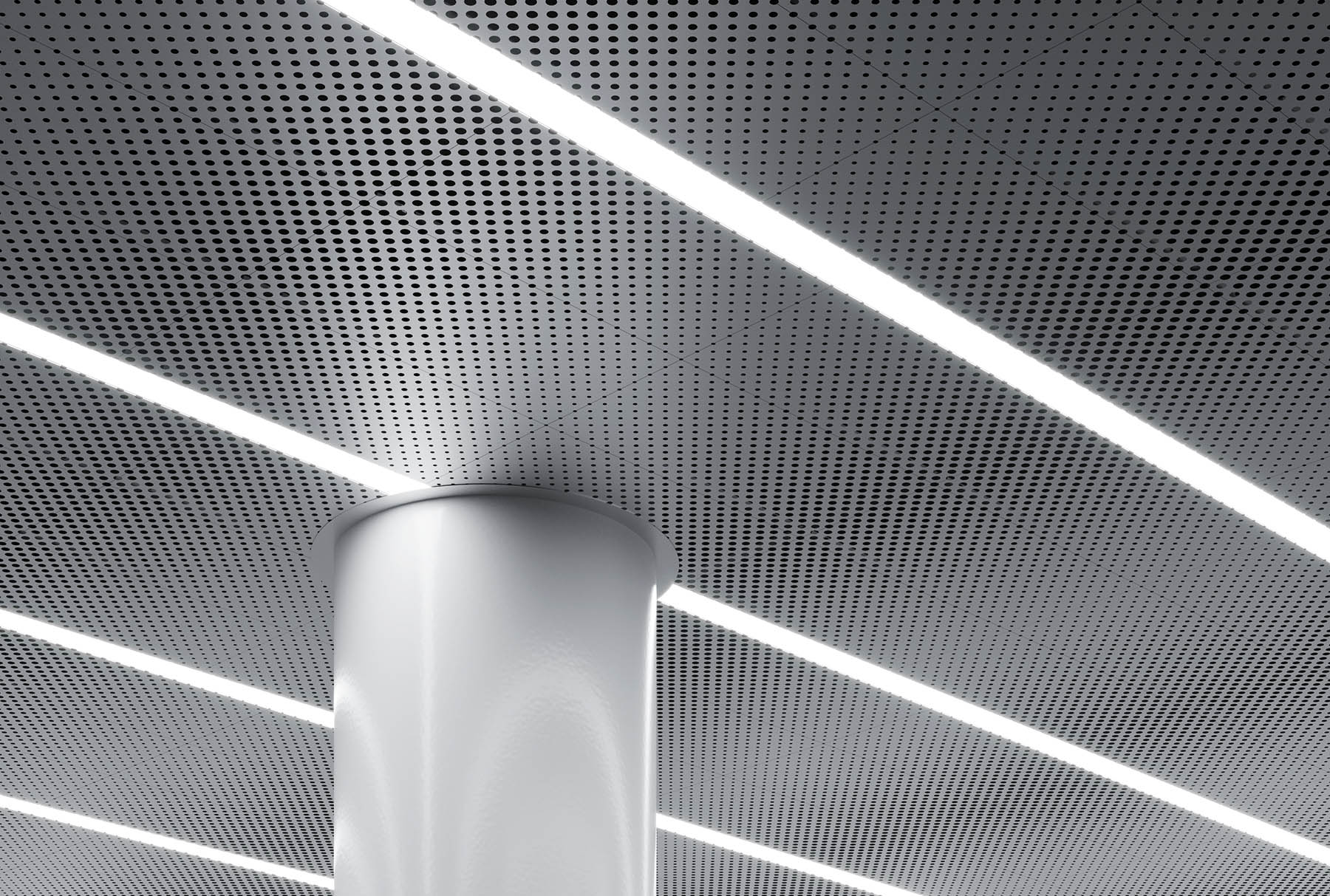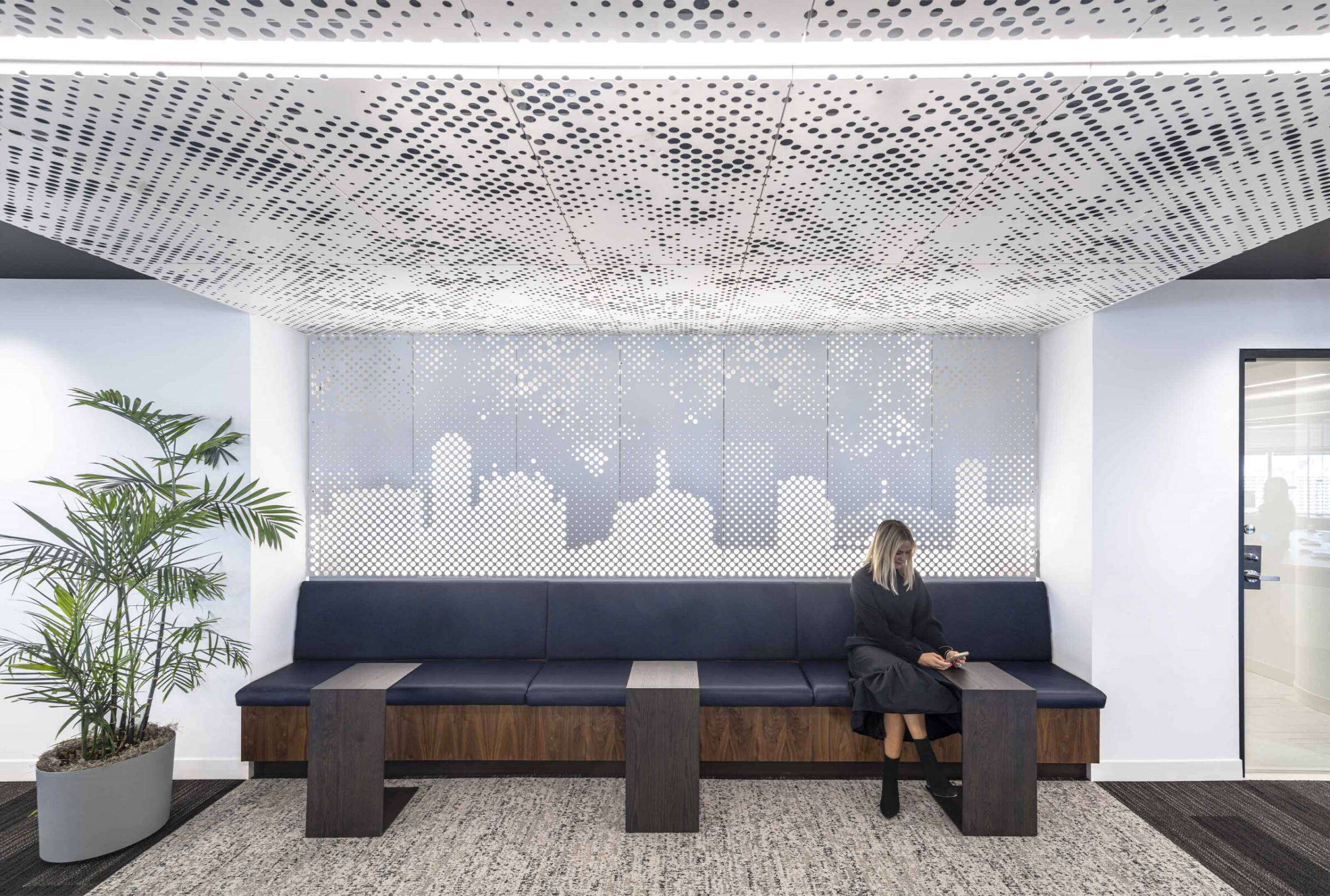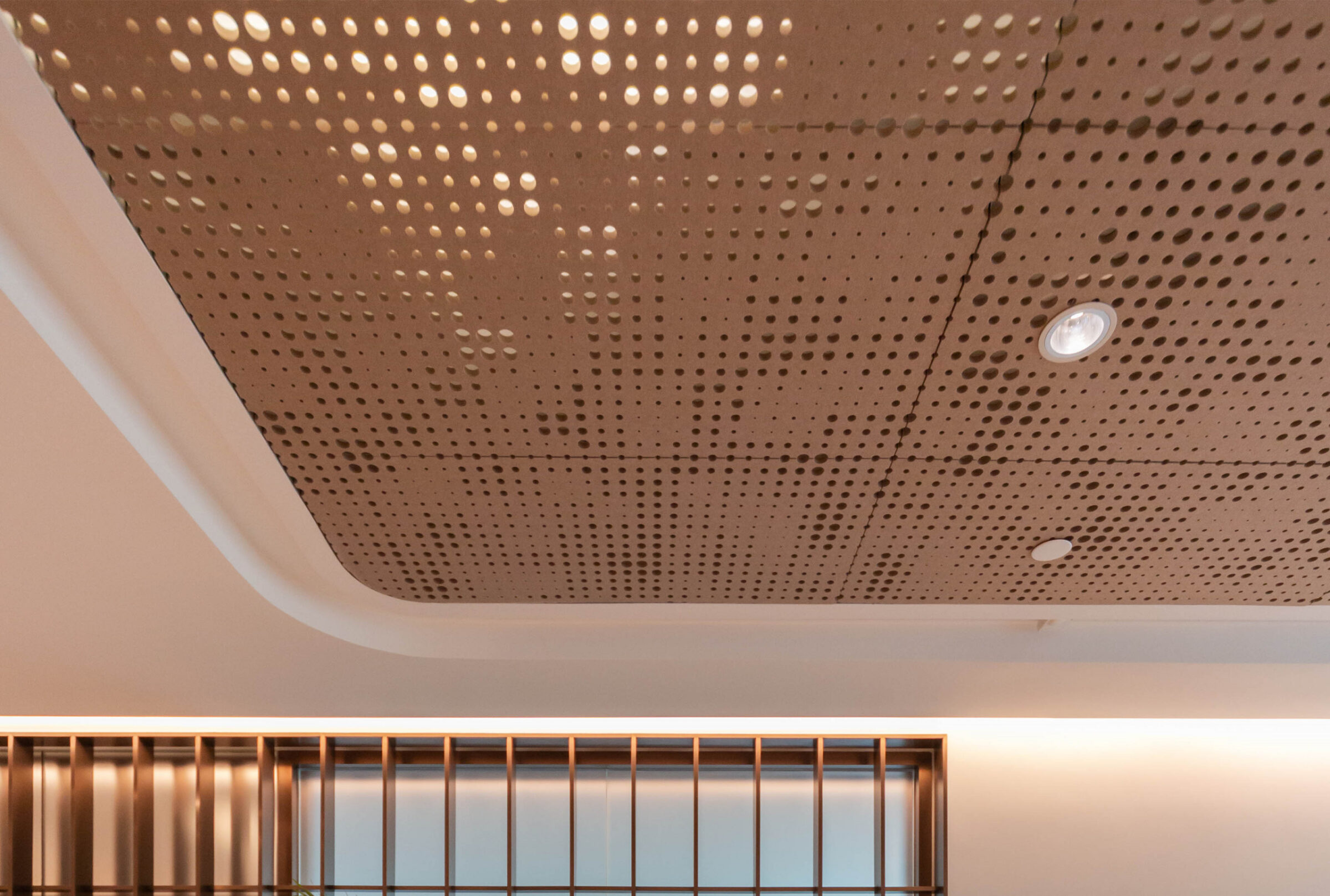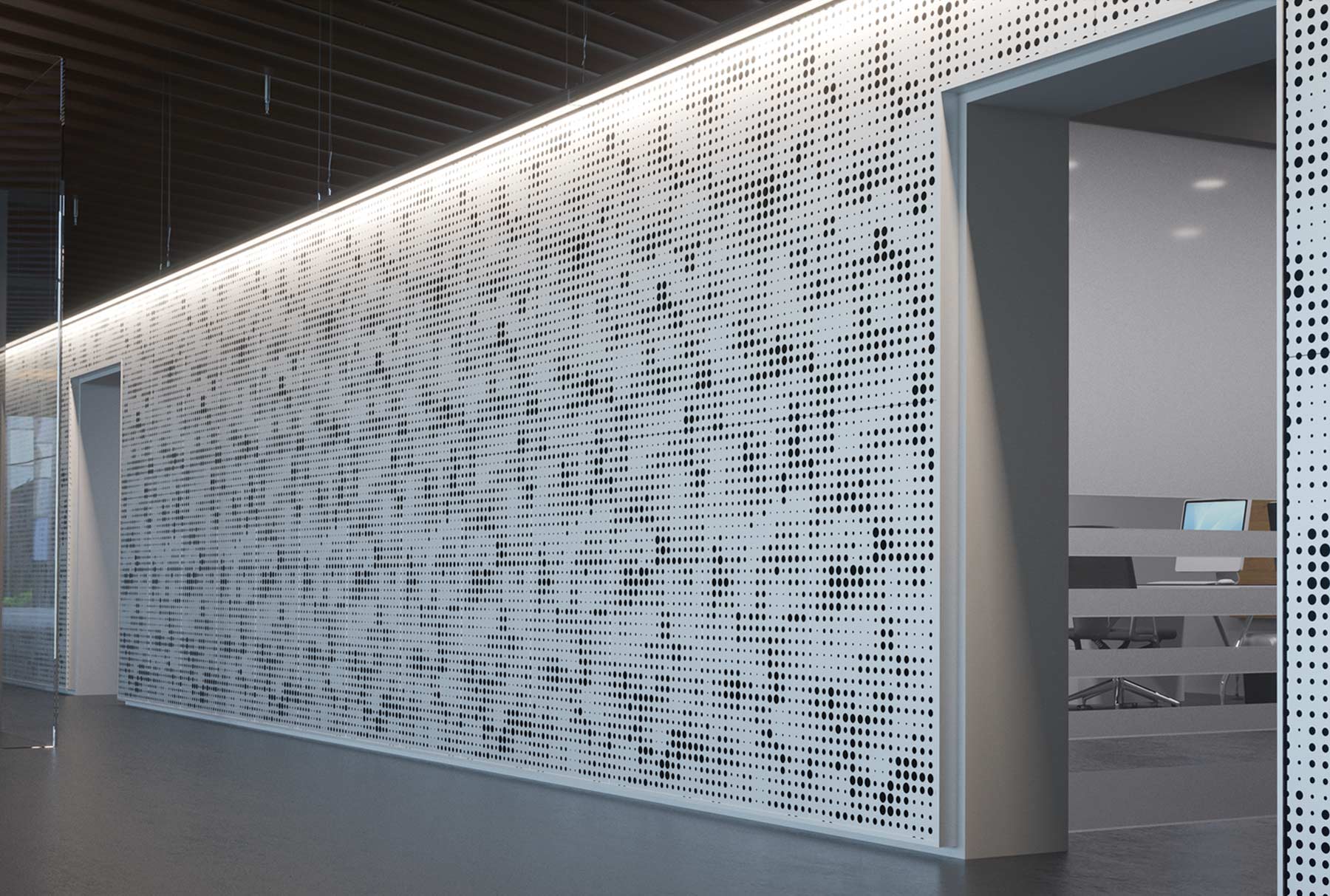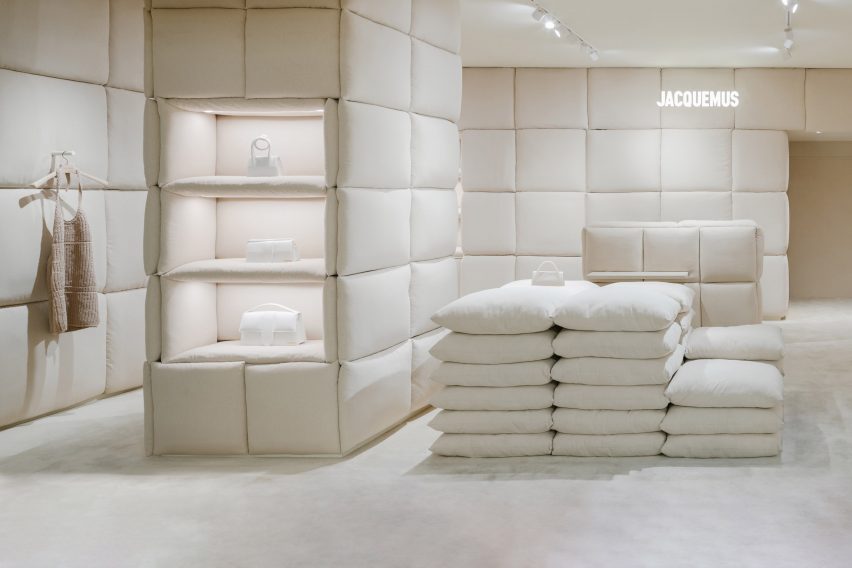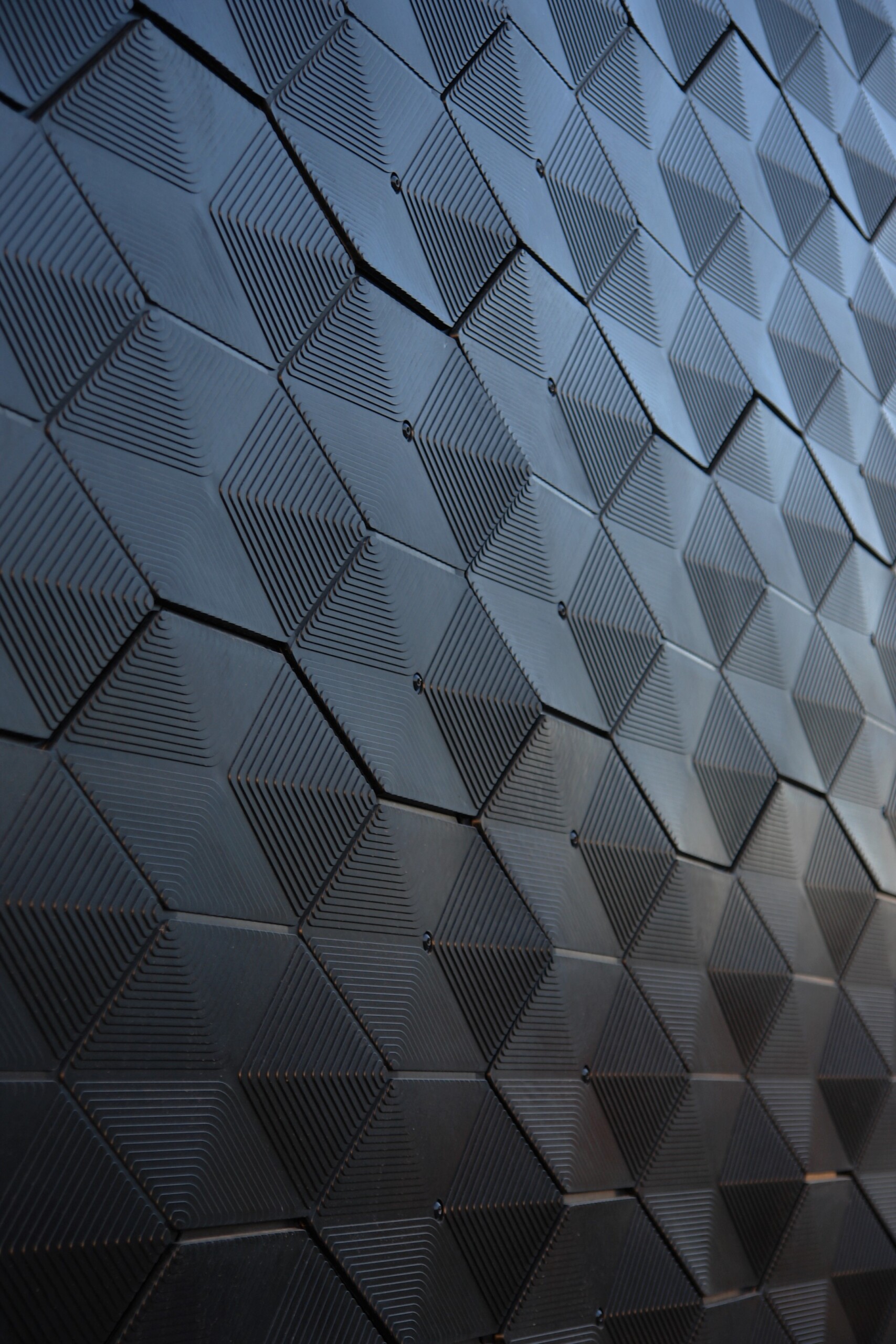

On the same journey for a more sustainable built environment, MADE OF AIR (MOA) and NOWN have turned to innovative material solutions that tackle both environmental and structural challenges. One such revolutionary material are MOA’s biogenic fillers. Combining the power of biochar and carbon-negative architecture, MOA fillers offer a promising future for greener buildings and facades.
WHAT ARE MOA FILLERS?
MOA material is a cutting-edge innovation that embraces the concept of “closing the carbon loop”. It is a material predominantly consisting of biochar, a type of elemental carbon produced through a process called pyrolysis. Biochar is created by heating organic biomass like wood waste by products in an oxygen-limited environment, preventing complete combustion and thereby locking carbon within the resulting material in a stable way for several hundreds of years and beyond.
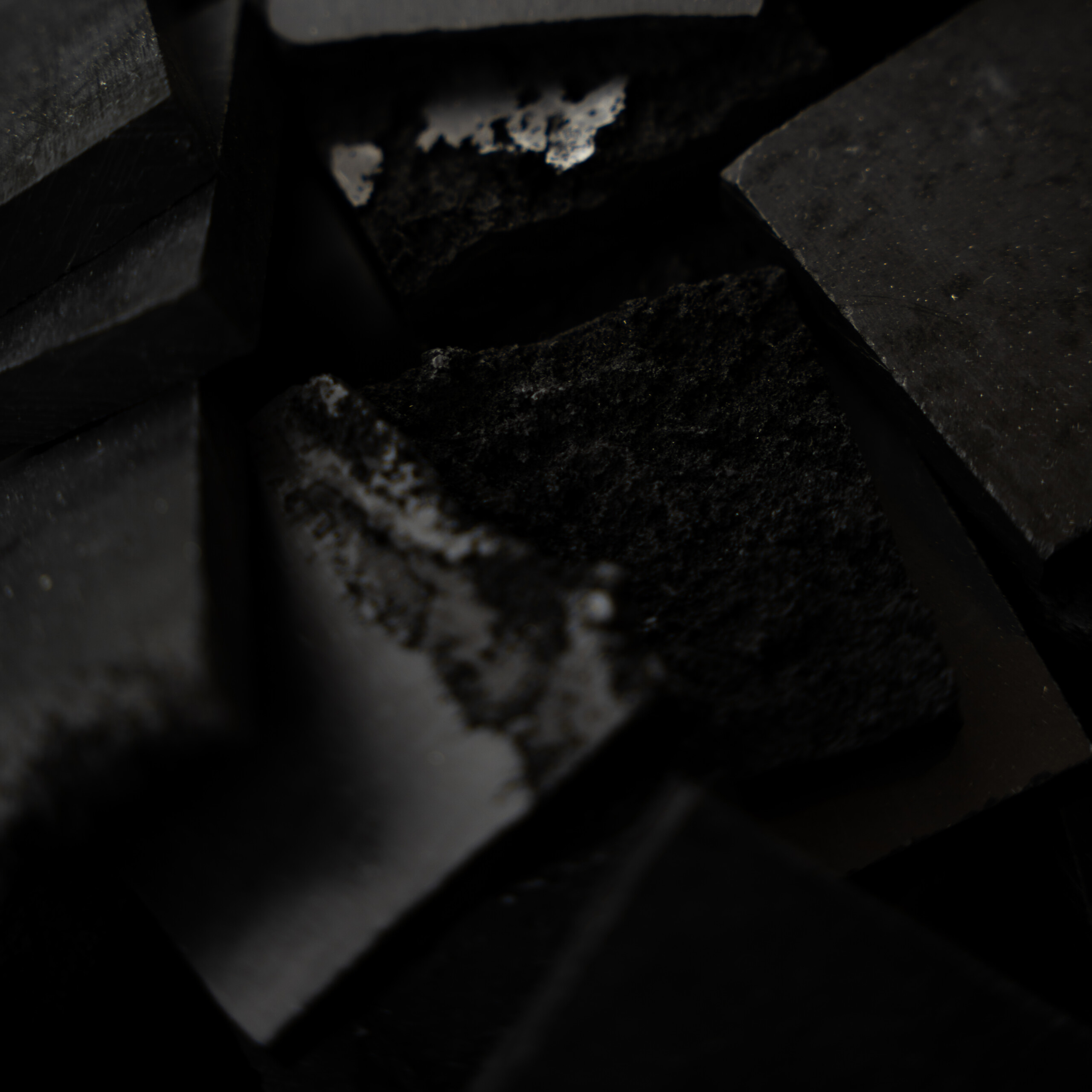
As a result of this exceptional carbon-sequestering ability, this material captures and stores carbon dioxide from the atmosphere – thus reducing the carbon footprint of buildings and architectural structures. This makes it a crucial player in the fight against climate change while simultaneously providing a durable and versatile construction solution in the form of Biochar Cladding technology.

Biochar Cladding is an architectural application of MADE OF AIR material that involves using biochar-based panels to cover the exterior surfaces of buildings. These panels act as both an aesthetic and functional element of the façade.
Biochar Cladding offers several benefits, such as:
- Carbon Sequestration: the biochar in the cladding panels actively captures and stores CO2, making it an effect tool for mitigating greenhouse gas emissions from buildings.
- Thermal Insulation: biochar’s high porosity enhances the cladding’s insulation properties, reducing energy consumption for heating and cooling.
- Moisture Regulation: biochar’s ability to absorb and release moisture helps maintain balanced indoor humidity levels.
- Durability: the natural resistance of biochar against decay and pests ensures the longevity of the cladding, reducing the need for frequent replacements.
- Aesthetics: biochar cladding provides a unique and visually striking appearance, adding character to architectural designs.
Not only investing in carbon-negative materials, but extracting the most out of it. Creating a more sustainable solution where design and architecture can thrive.
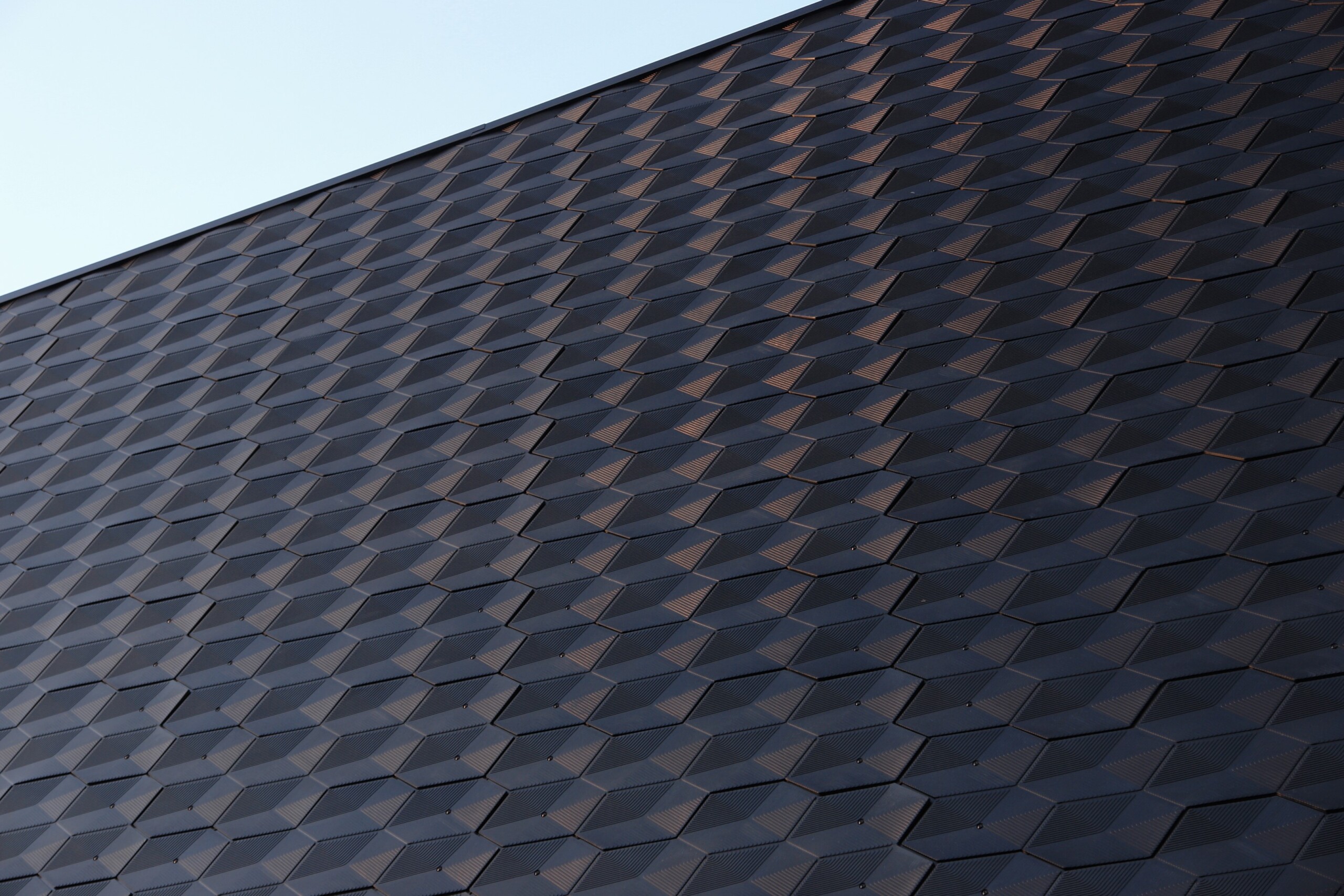
BUT WHAT ARE CARBON NEGATIVE MATERIALS?
Carbon-negative materials, like MADE OF AIR, go beyond traditional sustainable materials by not only minimizing their environmental impact but actively removing carbon dioxide from atmosphere. These materials aid in achieving carbon neutrality and contribute to combating climate change.
Carbon-negative materials typically follow three main principles:
- Carbon sequestration: these materials capture and store more carbon dioxide than is emitted throughout their lifecycle.
- Sustainable sourcing: the raw materials used in production are responsible sourced, ensuring no further harm to the environment.
- Circular economy: the materials promote recycling, reuse, or safe decomposition at the end of their lifespan, thus closing the carbon loop.
By forging an exciting partnership with MADE OF AIR, we have revolutionized the way we craft sustainable solutions. Together, we are harnessing the power of carbon-negative materials to bring not only sophisticated designs but a product that is easy to install. We are breaking the cycle and actively safeguarding our planet’s future. Their ingenious approach involves transforming wood waste into biochar, a remarkable negative emissions technology that permanently locks carbon in a stable and enduring form.

We are constantly working to improve our carbon emissions, while producing all of our products under sea level in our headquarters in Amsterdam. MADE OF AIR is currently under development and researching process. See more about MADE OF AIR here.
If you have any questions about MADE OF AIR, send us a message here, we would love to hear from you.
